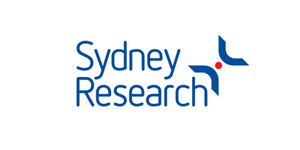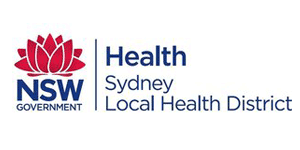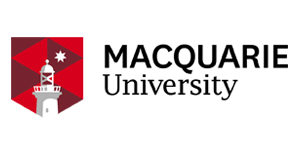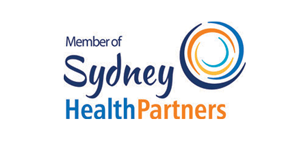The Woolcock Institute of Medical Research
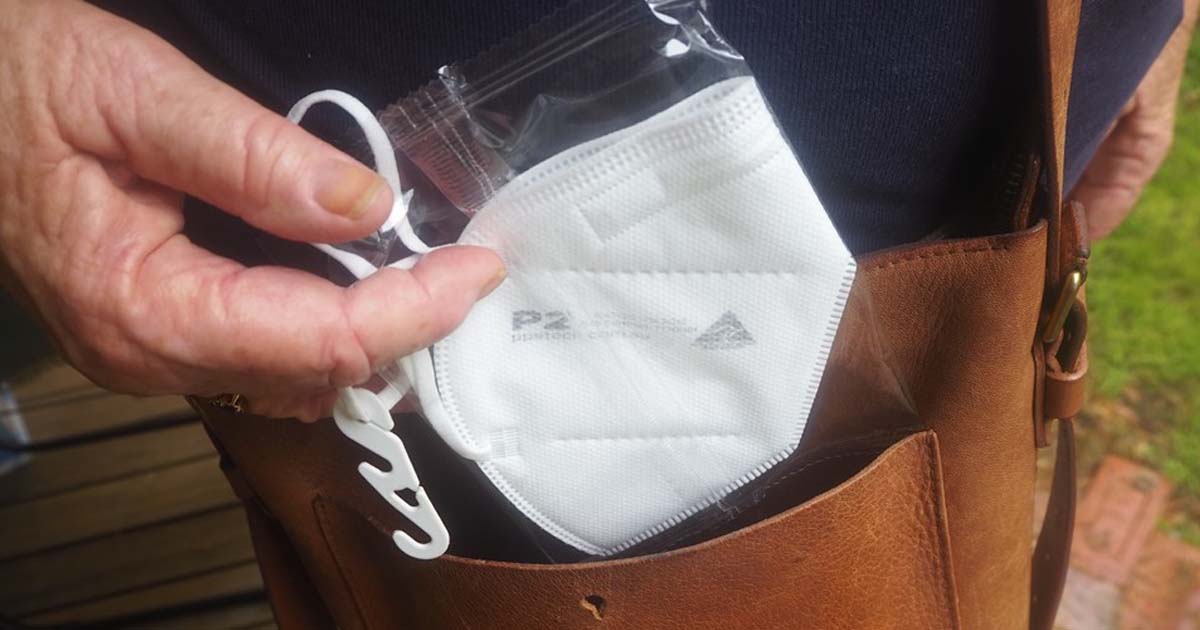
Coffee or COVID? We need to talk about masks
How important are masks for protecting you from COVID-19? What's the best mask to get? What do you need to look out for when buying and using a mask? Associate Professor Euan Tovey, an expert in virus transmission and sampling biological aerosols, answers these critical questions.
It is frankly disarming to be close to someone who is wearing a loose-fitting cloth or surgical mask in an indoor space and observe the gap around the nose or cheeks. You wonder how much protection are they getting, and what might they be shedding that could affect you?
The Omicron tsunami means we need to think more carefully about how to maximise the protection provided by masks. Ultimately, we each must take responsibility for our own exposure, as no one else is going to.
While masks potentially provide the best way people can either prevent being infected or infecting others, not all masks are the same.
For example, a recent study found that two unmasked people (one infectious, one susceptible) talking at 3 metres apart had a greater than 90 percent risk of spreading the infection within a few minutes. If only the susceptible person wore a surgical mask and the distance was 1.5 metres, the risk was 90 percent after 30 minutes. If the susceptible person wore a well-fitted 'gold-standard' mask – technically termed a 'respirator' – the risk of infection was only 20 percent after an hour.
However, if both people wore well-fitted respirators, the risk of infection was just 0.4 percent after one hour.
This is why everyone wearing respirators is so important.
Unfortunately, most people do not understand the differences between masks, so do not use the best quality mask. This is not surprising, given that legislation simply requires 'a mask' to be worn, and the lack of public standards and consistent information from different experts and the media. Plus, it is a deeply nerdy subject.
Researchers at the Woolcock Institute of Medical Research have significantly contributed to global understanding of viral transmission, the size of virus-carrying respiratory particles produced by coughing, singing, talking and breathing, and the performance of masks and filters.
Particle size matters
Most COVID-19 is transmitted because we breathe each other’s air. The emerging understanding is that a significant proportion of the virus is present in relatively small airborne particles, also known as 'fine' aerosols.
The aerodynamic characteristics of these small particles are closer to smoke, which floats in the air, than to spray droplets, which rapidly settle.
This new understanding brings two main realisations: that we need to use masks that filter smaller particles effectively; and that smaller particles are more likely to pass through the gaps between a poorly-fitting mask and the face.
This is a radical shift from past thinking, which focussed on transmission via larger droplets and contaminated surfaces, and thus advocated surgical or cloth masks and very frequent hand sanitation.
Surgical masks (and to an even greater extent, cloth masks) are neither intended nor validated to provide protection against smaller particles.
Early in the pandemic, cloth masks rose to prominence based on studies showing they blocked larger airborne particles. These results are now less valid because of what we now know about smaller particles and the spread of COVID-19. While some surgical masks do filter more than half of 'fine' aerosols, they are not designed to seal tightly to the face. This limitation is now largely accepted in healthcare settings and is slowly diffusing into the public domain.
What mask should you wear?
Over the last two years, studies of COVID-19 transmission have shown that:
- the use of any mask is better than no mask;
- the use of surgical masks is better than cloth masks; and
- the use of respirators is better than surgical masks.
Wearing a stretchy cloth mask (with a nose wire) over the top of a surgical mask – or 'double masking' – is better than either alone.
However, if you want the best protection, you need to wear a well-fitted, 'gold-standard' respirator.
In Australia, respirator masks come in four types, depending on the country of certification: N95, P2, KN95 and KF94. These have been shown to filter more than 95 percent of extremely small (0.3 µm) particles under stringent test conditions.
- N95 are US-certified, have straps that go around the back of the head for a tighter seal. They are common in hospitals but are hard to find for sale in shops. They come in a range of shapes (including cone, duckbill, Olson, fish).
- P2 are Australian-certified, generally have ear loops, and are increasingly available.
- KN95 are Chinese-certified, usually are the flat fold design and have ear loops. They are the most widely available in service stations, home goods shops, pharmacies, hardware stores and online.
- KF94 are Korean-certified and are available from some pharmacies and online. Some respirators are designed for occupational purposes and have exhalation valves which means they do not protect others from your emissions: not good if you are infected.
- FFP2 (European certified) are uncommon here.
Care for your mask and it'll care for you
The extreme transmissibility of Omicron, via small particles, suggests we should all use respirators (N95, P2, KN95, KF94) as our first choice.
The higher cost of respirators – typically $2 to $5 each, the price of a coffee – has been cited as a disincentive for their use. But this argument presumes they are frequently disposed of. In practice, the elastic straps fail, and they become too scruffy well before they lose filtration.
You can extend the life of your respirators if you handle them with care, have a few respirators and rotate them, and simply leave them in the sun to clean them. Do not wash respirators, as this risks neutralising the electrostatic charge embedded into the fabric, which is the 'secret' to why they work so well.
Buyer beware
Unfortunately, while many respirators comply with performance standards, there are significant issues of mask quality, consistency, and counterfeiting, especially for KN95 and any respirator purchased online from overseas from an uncertain source (manufacturers are OK).
Many surgical masks and respirators sold to the public are labelled 'for particle protection', and only those explicitly labelled 'for medical use' and/or 'intended to prevent disease transmission' may be subject to Therapeutic Goods Administration (TGA) oversight as medical devices.
In Australia, cloth masks are not subject to any standards, although standards have been proposed in several other countries.
Masks are medical devices, not fashion accessories. Issues of standards and compliance must be addressed.
Don't forget the 'fit'
While a mask's filtration efficacy is fundamentally important, the overall protection offered by a mask also depends on the seal between mask and face.
Healthcare workers are usually professionally fit-tested to check the effectiveness of the seal, but this is not possible at home. The best people can do is carefully adjust the straps and the malleable nose strip and check that the mask is changing shape according to their breathing.
Coffee or COVID?
In conclusion, a well-fitting respirator provides the highest level of personal protection against the transmission of COVID. This efficacy has been proven in healthcare settings, and this principle should equally apply to the community.
As the risk of exposure to Omicron (and later variants) becomes more unavoidable with the relaxing of public restrictions, we all must lift our game and access the best protection from COVID that the cost of a cup of coffee can buy.
Find out more
- Read a more technical article by Euan on masks, research and policy: We need to talk about masks, Medical Republic, 21 January 2022
- See also Unmasking mask efficacy, Retail Pharmacy Magazine, 22 April 2022
- Our COVID research
- About Associate Professor Euan Tovey

